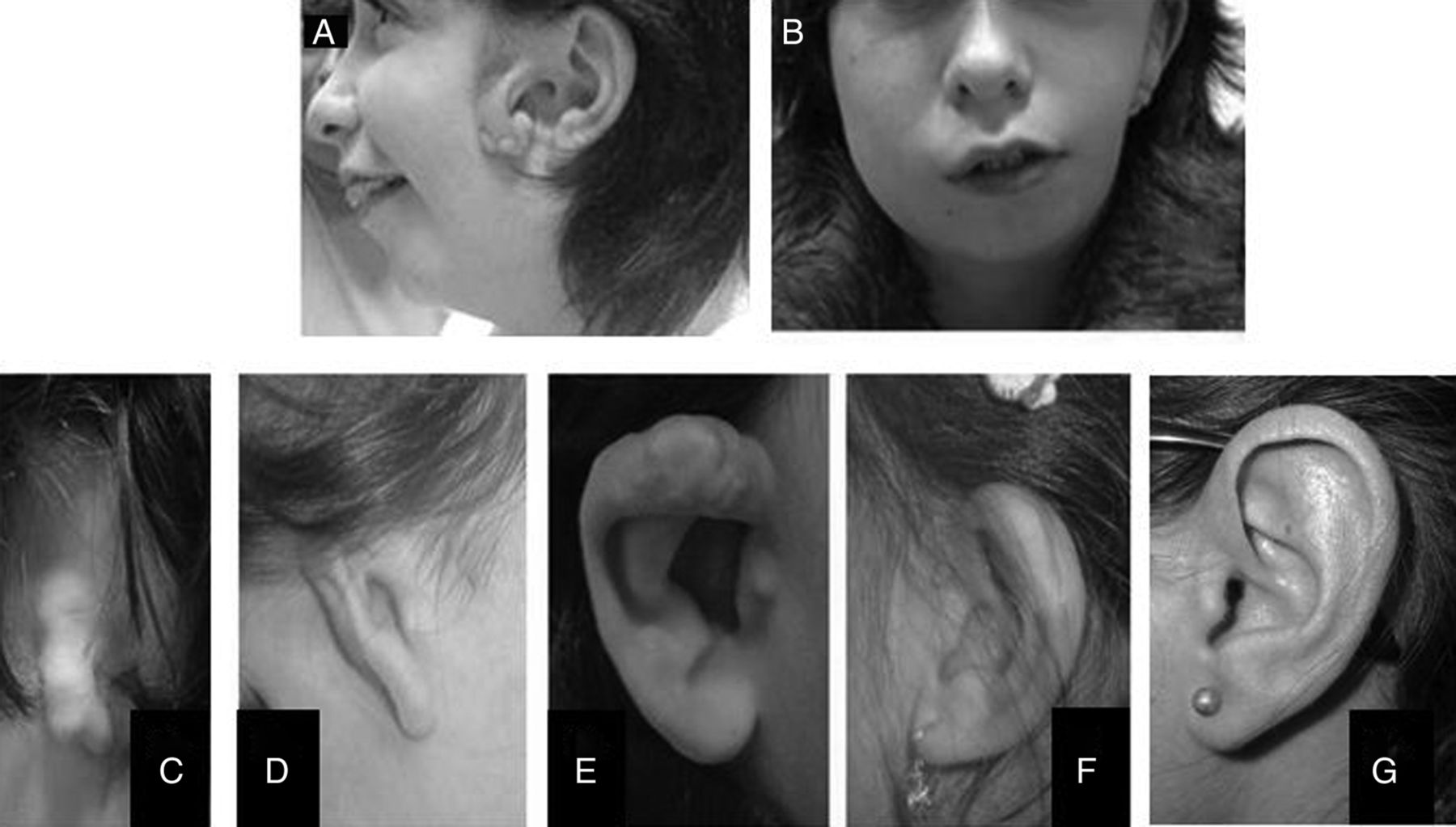
What is Oculo-Auriculo-Vertebral Dysplasia? It's a rare condition that affects the development of the eyes, ears, and spine. Often referred to as Goldenhar syndrome, this condition can lead to facial asymmetry, hearing loss, and spinal abnormalities. It occurs during fetal development, but the exact cause remains unknown. Some believe it might be linked to genetic and environmental factors. Symptoms vary widely, making each case unique. Treatment often involves a team of specialists to address the diverse challenges it presents. Understanding this condition is crucial for providing the right care and support to those affected. While it can be daunting, many individuals lead fulfilling lives with the right interventions. Learning about this condition can help spread awareness and foster a supportive community for those living with it.
Key Takeaways:
- Oculo-Auriculo-Vertebral Dysplasia, or Goldenhar Syndrome, is a rare condition affecting the eyes, ears, and spine. It requires personalized treatment and support for those affected.
- Diagnosis involves clinical observation and genetic testing, while management includes surgery, hearing aids, and ongoing medical monitoring. Support networks and advocacy efforts play a crucial role in improving resources for individuals with the condition.
What is Oculo-Auriculo-Vertebral Dysplasia?
Oculo-Auriculo-Vertebral Dysplasia, also known as Goldenhar Syndrome, is a rare congenital condition. It primarily affects the development of the eyes, ears, and spine. Understanding this condition can help raise awareness and support those affected.
-
Rare Condition: This syndrome is considered rare, affecting approximately 1 in 3,500 to 1 in 26,000 live births. The wide range in prevalence reflects the variability in how the condition is diagnosed and reported.
-
Named After Maurice Goldenhar: The condition is named after Dr. Maurice Goldenhar, who first described it in 1952. His work laid the foundation for understanding the syndrome's characteristics.
-
Affects Multiple Systems: It impacts the development of facial structures, eyes, ears, and spine. This multisystem involvement can lead to a variety of symptoms and challenges.
-
Not Inherited: Most cases occur sporadically, meaning they are not inherited from parents. This can make predicting the condition in future pregnancies challenging.
-
Facial Asymmetry: One of the hallmark features is facial asymmetry, where one side of the face may develop differently than the other. This can affect appearance and function.
-
Eye Abnormalities: Individuals may experience eye abnormalities such as microphthalmia (small eyes) or coloboma (a gap in the eye structure). These can impact vision.
-
Ear Malformations: Ear malformations are common, with some individuals having partially formed or absent ears. This can lead to hearing difficulties.
-
Spinal Anomalies: Spinal anomalies, including scoliosis or vertebral fusion, can occur. These may require medical intervention to manage.
-
Cleft Lip and Palate: Some individuals may have a cleft lip or palate, affecting feeding and speech. Surgical correction is often needed.
-
Heart Defects: Congenital heart defects can be present, requiring monitoring and sometimes surgical repair.
Causes and Diagnosis
Understanding the causes and how this condition is diagnosed is crucial for early intervention and management.
-
Unknown Causes: The exact cause remains unknown, though environmental and genetic factors are suspected to play a role.
-
Diagnosis Through Observation: Diagnosis is typically made through clinical observation of physical characteristics and symptoms.
-
Genetic Testing: While not always definitive, genetic testing can help rule out other conditions and provide additional information.
-
Prenatal Detection: In some cases, prenatal ultrasounds may detect anomalies suggestive of the syndrome.
-
Multidisciplinary Approach: Diagnosis and management often involve a team of specialists, including geneticists, pediatricians, and surgeons.
Treatment and Management
Managing Oculo-Auriculo-Vertebral Dysplasia requires a comprehensive approach tailored to each individual's needs.
-
Surgical Interventions: Surgery may be necessary to correct facial, ear, or spinal anomalies, improving function and appearance.
-
Hearing Aids: For those with hearing loss, hearing aids or other assistive devices can enhance communication.
-
Vision Support: Eye abnormalities may require corrective lenses or surgery to improve vision.
-
Speech Therapy: Speech therapy can assist individuals with cleft palate or other speech-related challenges.
-
Regular Monitoring: Ongoing medical monitoring is essential to address any emerging health issues promptly.
Living with Oculo-Auriculo-Vertebral Dysplasia
Living with this condition involves adapting to challenges and finding support.
-
Support Networks: Support groups and networks can provide emotional and practical assistance to individuals and families.
-
Educational Accommodations: Educational accommodations may be necessary to support learning and development.
-
Psychosocial Support: Counseling and psychosocial support can help individuals cope with the emotional aspects of the condition.
-
Advocacy and Awareness: Advocacy efforts aim to raise awareness and improve resources for those affected.
-
Research and Advances: Ongoing research seeks to better understand the condition and develop new treatment options.
Bringing It All Together
Oculo-Auriculo-Vertebral Dysplasia, or Goldenhar Syndrome, is a rare condition affecting facial development. Understanding its symptoms and causes helps in early diagnosis and better management. This condition often involves asymmetry in facial features, ear abnormalities, and sometimes spinal issues. While the exact cause remains unclear, genetic factors and environmental influences during pregnancy might play a role.
Treatment usually involves a team of specialists, including surgeons, audiologists, and speech therapists, to address the various challenges individuals face. Early intervention can significantly improve quality of life. Raising awareness about this condition is crucial for early detection and support for affected families.
By staying informed and supporting research, we can contribute to a better understanding of this complex condition. Every bit of knowledge shared brings us closer to improving lives and offering hope to those affected by Goldenhar Syndrome.
Frequently Asked Questions
Was this page helpful?
Our commitment to delivering trustworthy and engaging content is at the heart of what we do. Each fact on our site is contributed by real users like you, bringing a wealth of diverse insights and information. To ensure the highest standards of accuracy and reliability, our dedicated editors meticulously review each submission. This process guarantees that the facts we share are not only fascinating but also credible. Trust in our commitment to quality and authenticity as you explore and learn with us.
